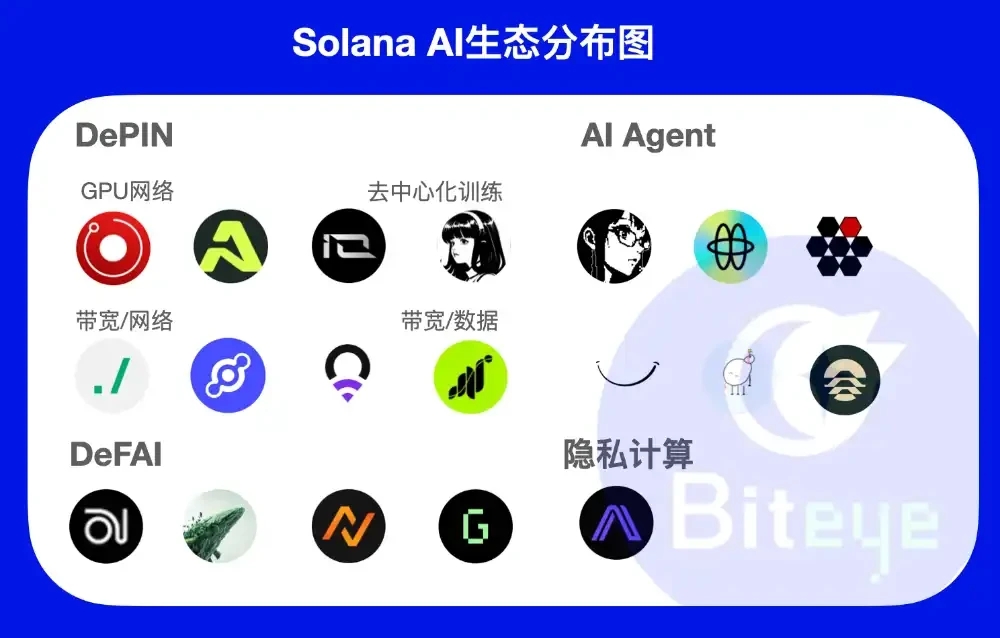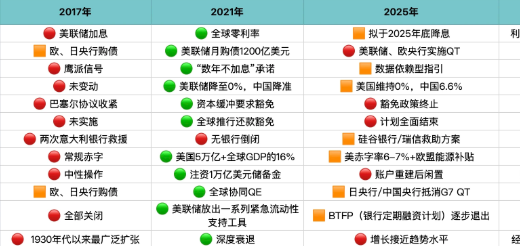
Solana Aims for ‘On-Chain Nasdaq’: Where Does the AI Narrative Go?
As Ethereum enjoys a price resurgence on its 10th anniversary, Solana (SOL) faces dual challenges: not only has the ‘Ethereum killer’ path grown tougher, but it also now faces competition from emerging blockchains. However, Solana—no stranger to storms—has responded with major upgrades and ecosystem layout. This article breaks down Solana’s latest moves and explores whether its AI ecosystem can help it regain glory.
Big Official Moves: Alpenglow Upgrade & ICM Roadmap
1. Alpenglow Upgrade: A Leap in Speed and Decentralization
Alpenglow is hailed as Solana’s most significant protocol upgrade to date, comparable to Ethereum’s shift from PoW to PoS. Its core goals: solving Solana’s long-standing ‘downtime’ and ‘high node costs’:
– Farewell to PoH: Replaces Proof of History (PoH) with Votor (Stake-Weighted Voting) combined with node clocks to handle timing, reducing leader node burden and paving the way for future ‘multi-leader block proposal’.
– Rotor Boosts Sync: Cuts block confirmation time from 12.8 seconds to 150 ms, lowers node communication/computation costs, enabling even low-end devices to participate—’performance upgrade without hardware upgrade’.
– Lower Barriers: Minimum validator stake drops from 4,850 SOL (~$800k) to 450 SOL (~$75k), enhancing decentralization.
In short: Alpenglow makes Solana faster, more stable, cheaper, aiming to reclaim the ‘performance king’ title.
2. ICM Roadmap: Targeting ‘On-Chain Nasdaq’
Post-Alpenglow, Solana Labs partnered with Anza, Jito, etc., to release the ‘Internet Capital Markets’ (ICM) roadmap, targeting on-chain financial infrastructure:
– Visa-Level Speed: 150 ms confirmations near Visa’s level, though still lagging behind Nasdaq’s ‘microsecond-level’ high-frequency trading.
– dApp Control: ACE (Application-Controlled Execution) lets smart contracts prioritize transactions, boosting flexibility for complex scenarios.
– Curbing MEV: Protecting market makers from ‘sandwich attacks’ to attract more liquidity.
Solana’s ambition isn’t limited to DeFi—it aims to be the ‘Nasdaq of the blockchain’ for enterprises to bypass traditional IPOs and raise funds on-chain.
Solana’s AI Ecosystem: From Hype to Pragmatism
Facing competition from Base, BNB Chain, etc., can Solana’s AI narrative still deliver? Let’s review its three AI phases:
Phase 1: DePIN Boom Lays AI Infrastructure Foundations
Early on, Solana’s speed and low costs made it a hub for decentralized computing and data networks:
– Computing Networks: Render (3D rendering), io.net (AI/ML GPU Power), Aethir (edge computing) explored on-chain resource allocation but required high-performance GPUs, limiting ordinary people participation.
– Data & Bandwidth: Grass (browser plugin for bandwidth/data sharing), Helium (IoT coverage) lowered barriers, using Solana to record contributions and distribute rewards.
Phase 2: AI Agent Hype & Post-MEME Rationalization
The ChatGPT-driven AI boom spawned numerous AI Agent projects on Solana:
– Standouts: ElizaOS (AI Agent framework, $AI16Z market cap hit $2.5B), Holoworld (multimodal AI Agent launchpad), Moby AI (on-chain alpha mining).
– Hype Fades: Most projects, overly meme-driven, saw plummeting prices and interest; some development stalled.
Phase 3: Post-Hype Era—Focusing on DeAI Infrastructure
As markets stabilized, Solana AI projects shifted to pragmatic decentralized AI infrastructure:
– Nous Research: Focused on decentralized training of open-source large models, solving node communication bottlenecks via Psyche Network; released Hermes models (fine-tuned from Llama).
– Arcium: Transitioned from privacy protocol Elusiv to a privacy computing platform, using MPC/ZKP to protect AI training data privacy.
– Neutral Trade: AI-driven hedge fund platform with a standout CTA Momentum strategy (95.11% annualized return, co-developed with R* Research), quickly selling out $10M in subscriptions.
Solana AI’s Core Strengths: Why It Can Deliver?Despite competition, Solana offers unique AI advantages:
- Fast & Cheap: 150 ms confirmations + low costs support high-frequency AI Agent collaboration and real-time decentralized training.
- Ample Liquidity: $1.4B daily DEX volume (second only to Ethereum) and mature DeFi ecosystems like Raydium provide stable liquidity for AI tokens.
- Flexible Smart Contracts: SVM (Solana Virtual Machine) supports parallel processing, ideal for complex AI tasks (e.g., Agent decision-making, data validation).
- Ecosystem Synergy: As a general-purpose chain, AI projects easily integrate with DePIN算力, RWA assets, creating collaborative effects.
Conclusion: Can Solana Carry Both Narratives?
The Alpenglow upgrade and ICM roadmap show Solana’s determination to become an ‘on-chain Nasdaq’, while its AI ecosystem—from early explore to infrastructure deepening—has built solid projects and tech. As Solana Foundation President Lily Liu stated: ‘Solana’s greatest strength is its versatility, hosting multiple app types and sectors.’
With Alpenglow enhancing performance,Solana may yet balance ‘on-chain Nasdaq’ and AI narratives. But the race is just beginning—only time will tell.
Read More《Solana要打造「链上纳斯达克」,AI叙事何去何从?》
This content is AI-generated and does not constitute investment advice. Please exercise your own rational judgment.
链上探索《Solana要打造「链上纳斯达克」,AI叙事何去何从?》
- Startup Commentary”Building LLMs: The Knowledge Graph Foundation Every AI Project Needs”
- Startup Commentary”The 17th Year of Tmall Double 11 and the New Map Rewritten by AI”
- Startup Commentary”How to Prepare Your Data for Artificial Intelligence”
- Startup Commentary”Small and Medium-sized Banks: “Cutting the Tail” in Loan Assistance”
- Startup Commentary”The Six AI Giants on Stage: AGI Is No Longer a “Future” Thing”




